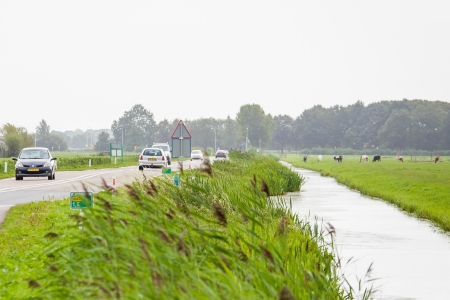Below you will find the list of references that are used in this fact sheet. All sources used can be consulted or retrieved via our Library portal. Here you can also find more literature on this subject.
[1]. McDonald, G.K., Moser, C.A. & Giesbrecht, G.G. (2019). Public knowledge, attitudes and practices of vehicle submersion incidents: a pilot study. In: Injury epidemiology, vol. 6, p. 21.
[2]. Stjernbrandt, A., Oström, M., Eriksson, A. & Björnstig, U. (2008). Land motor vehicle-related drownings in Sweden. In: Traffic Injury Prevention, vol. 9, nr. 6, p. 539-543.
[3]. Hammett, M., Watts, D., Hooper, T., Pearse, L., et al. (2007). Drowning deaths of U.S. Service personnel associated with motor vehicle accidents occurring in Operation Iraqi Freedom and Operation Enduring Freedom, 2003-2005. In: Military Medicine, vol. 172, nr. 8, p. 875-878.
[4]. Wintemute, G.J., Kraus, J.F., Teret, S.P. & Wright, M.A. (1990). Death resulting from motor vehicle immersions: the nature of the injuries, personal and environmental contributing factors, and potential interventions. In: American Journal of Public Health, vol. 80, nr. 9, p. 1068-1070.
[5]. CBS Statline (2020). Mobiliteit; per persoon, persoonskenmerken, vervoerwijzen en regio's CBS. Accessed on 08-01-2021 at opendata.cbs.nl/statline/#/CBS/nl/dataset/84709NED/table?dl=48F9F.
[6]. McDonald, G.K. & Giesbrecht, G.G. (2013). Vehicle submersion: a review of the problem, associated risks, and survival information. In: Aviation, space, and environmental medicine, vol. 84, nr. 5, p. 498-510.
[7]. Austin, R. (2011). Drowning deaths in motor vehicle traffic accidents. Paper Number 11-0170. National Highway Traffic Safety Administration NHTSA.
[8]. Davidse, R., Duijvenvoorde, K. van, Louwerse, R., Boele-Vos, M., et al. (2018). Scootmobielongevallen: karakteristieken, ongevalstypen en kansrijke maatregelen om de veiligheid te verbeteren. Een dieptestudie naar scootmobielongevallen op de openbare weg. R-2018-15A. SWOV, Den Haag.
[9]. Davidse, R., Duijvenvoorde, K. van, Louwerse, R., Boele-Vos, M., et al. (2018). Scootmobielongevallen: Hoe ontstaan ze en hoe zijn ze te voorkomen? R-2018-15. SWOV, Den Haag.
[10]. Davidse, R.J., Doumen, M.J.A., Duijvenvoorde, K. van & Louwerse, W.J.R. (2011). Bermongevallen in Zeeland: karakteristieken en oplossingsrichtingen. Resultaten van een dieptestudieBermongevallen in Zeeland: karakteristieken en oplossingsrichtingen. Resultaten van een dieptestudie [Run-off-road crashes in the Province of Zeeland: characteristics and possible solutions. Results of an in-depth study]. R-2011-20.[Summary in English]. SWOV, Leidschendam.
[11]. Davidse, R.J. (2011). Bermongevallen: karakteristieken, ongevalsscenario's en mogelijke interventies. Resultaten van een dieptestudie naar bermongevallen op 60-, 70-, 80- en 100km/uur-wegenBermongevallen: karakteristieken, ongevalsscenario's en mogelijke interventies. Resultaten van een dieptestudie naar bermongevallen op 60-, 70-, 80- en 100km/uur-wegen [Run-off-road crashes: characteristics, crash scenarios and possible interventions. Results of an in-depth study of run-off-road crashes on 60, 70, 80 and 100 km/h roads].. R-2011-24. [Summary in English].SWOV, Leidschendam.
[12]. Giesbrecht, G.G., Percher, M., Brunet, P., Richard, Y., et al. (2017). An automatic window opening system to prevent drowning in vehicles sinking in water. In: Cogent Engineering, vol. 4, nr. 1.
[13]. Giesbrecht, G.G. & McDonald, G.K. (2010). My car is sinking: automobile submersion, lessons in vehicle escape. In: Aviation, space, and environmental medicine, vol. 81, nr. 8, p. 779-784.
[14]. Minister van VenW (2010). Informatie inzake verkeersveiligheid t.b.v. het algemeen overleg 12 mei 2010. 29398-224. Ministerie van Verkeer en Waterstaat, Den Haag.
[15]. Buning, L.R., Kessels, J.F., Merts, M., Pauwelussen, J.P., et al. (2008). Raambediening en deurvergrendeling. Effect van water op het functioneren van raambedieningen en deurvergrendelingen. Ministerie van Verkeer en Waterstaat, Directoraat-Generaal Rijkswaterstaat, Dienst Verkeer en Scheepvaart DVS, Delft.

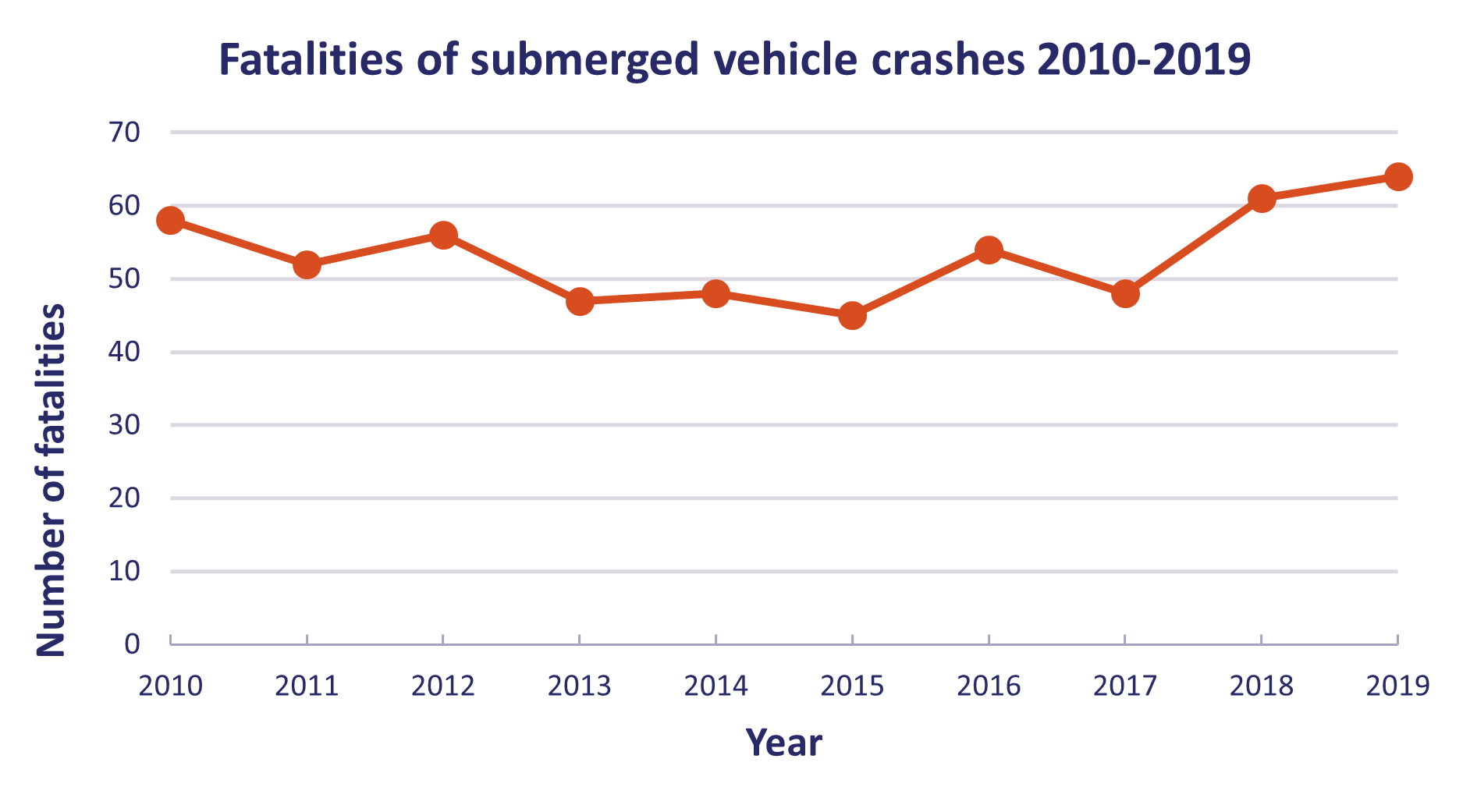 Figure 1. Number of fatalities of submerged vehicle crashes in 2010-2019. Source: Statistics Netherlands, edited by SWOV.
Figure 1. Number of fatalities of submerged vehicle crashes in 2010-2019. Source: Statistics Netherlands, edited by SWOV.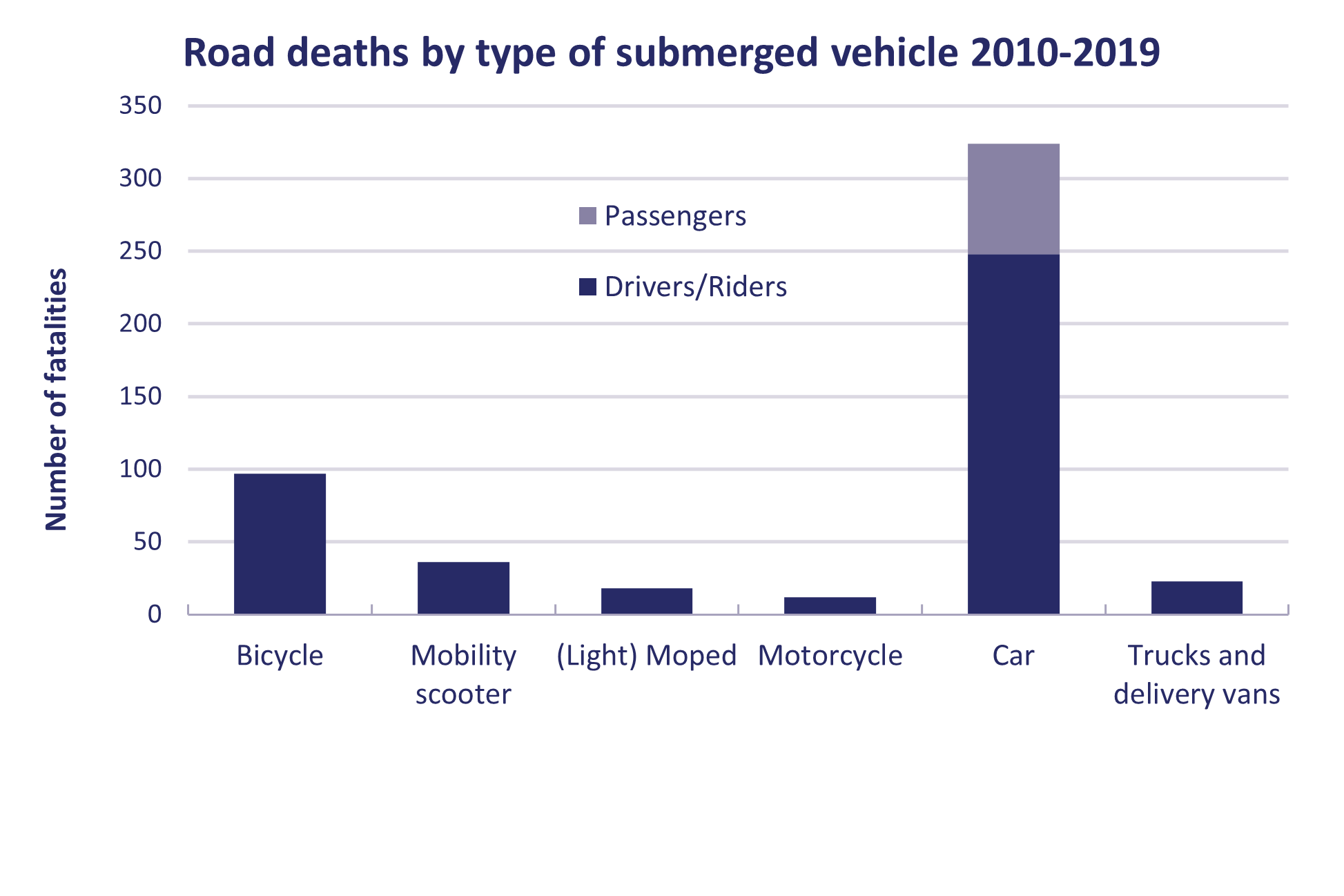 Figure 2. Modes of transport of all road deaths in submerged vehicle crashes in 2010-2019. Note: the categories pedelec, microcar and other/unknown were not provided by Statistics Netherlands because of recognisability; the number of casualties in these categories amounted to less than 10. Source: Statistics Netherlands, edited by SWOV.
Figure 2. Modes of transport of all road deaths in submerged vehicle crashes in 2010-2019. Note: the categories pedelec, microcar and other/unknown were not provided by Statistics Netherlands because of recognisability; the number of casualties in these categories amounted to less than 10. Source: Statistics Netherlands, edited by SWOV.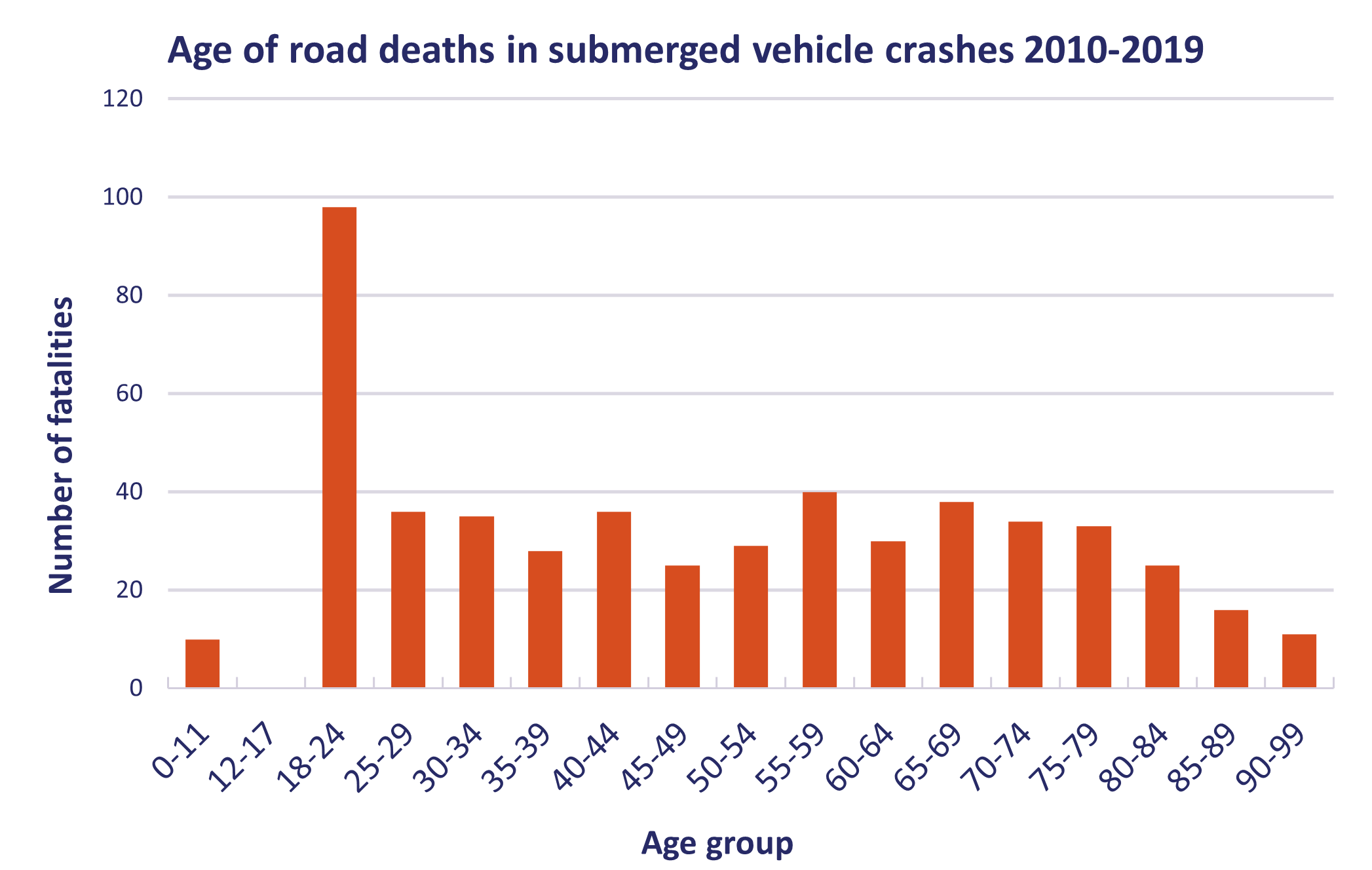 Figure 3. Ages of all road deaths in submerged vehicle crashes in 2010-2019. Note: age group 12-17 comprises fewer than 10 fatalities whose data were not provided because of recognisability. Source: Statistics Netherlands, edited by SWOV.
Figure 3. Ages of all road deaths in submerged vehicle crashes in 2010-2019. Note: age group 12-17 comprises fewer than 10 fatalities whose data were not provided because of recognisability. Source: Statistics Netherlands, edited by SWOV.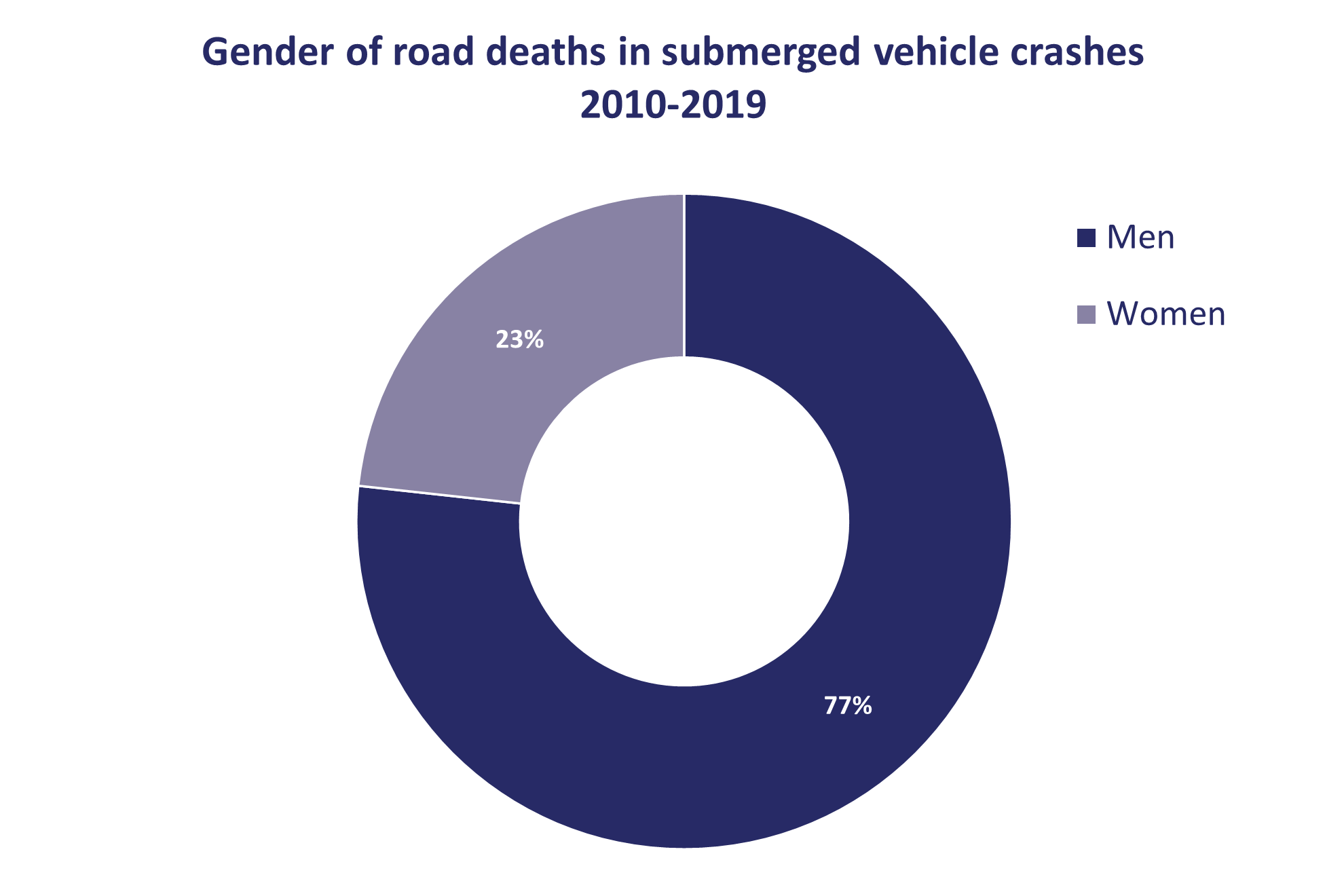 Figure 4. Gender of road deaths in submerged vehicle crashes in 2010-2019. Source: Statistics Netherlands, edited by SWOV.
Figure 4. Gender of road deaths in submerged vehicle crashes in 2010-2019. Source: Statistics Netherlands, edited by SWOV.